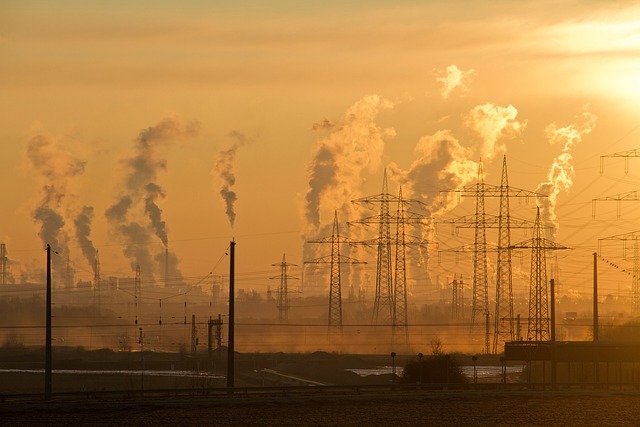Desertification, often described as the gradual degradation of fertile land into desert, is a pressing issue that is becoming increasingly synonymous with the plight of environmental refugees. These individuals are not merely statistics; they are people with stories, families, and dreams, now forced to abandon their homes due to the harsh realities of climate change and environmental degradation. Every year, millions are uprooted, not by war or conflict, but by the creeping advance of dry, barren land that once flourished with life.
As we witness the rising temperatures and diminishing rainfall patterns, our planet’s most vulnerable regions are bearing the brunt of these changes. Life in arid landscapes becomes unbearable — crops fail, water sources dwindle, and livelihoods crumble. The desert’s relentless grasp is transforming vibrant communities into ghost towns devoid of opportunity and hope. For these environmental refugees, the journey to escape a desolate future is fraught with uncertainty and danger.
Crossing hazardous terrains in search of sustainable habitats, they often face daunting challenges. The lack of access to food, clean water, and basic healthcare intensifies their suffering. These are not just environmental tragedies; they are human crises unfolding before our eyes. The term environmental refugee” encapsulates the struggle of individuals and families who, through no fault of their own, find their very existence threatened. Each displaced person represents a unique tapestry of resilience, yet their stories are often overshadowed by global narratives focused on political strife and economic disparities.
The impact of desertification on human lives extends far beyond the physical landscapes it affects. Entire cultures and histories cling to these lands, and when they are lost to the sands of time, we lose a part of our shared humanity. In countries where desertification predominates, we may witness shifts not only in population but also in cultural identities and social structures as communities scatter. The ripple effects of such displacement often reach distant shores, affecting societies globally as environmental refugees seek refuge and acceptance.
Addressing the crisis of desertification requires a multi-faceted approach that encompasses sustainable land management, reforestation efforts, and community education. It is vital to implement strategies that empower local populations, allowing them to combat the advance of desertification while preserving their cultural heritage and livelihoods. We must advocate for policies that prioritize environmental sustainability and resilience, recognizing that the fight against climate change is intrinsically linked to the future of these individuals. The plight of environmental refugees is a stark reminder of the urgent need for collective action to heal our planet and ensure a thriving future for all.
As we delve deeper into the implications of desertification, we must not forget the faces behind the statistics. Every environmental refugee represents a profound loss, not only of land but of dignity and identity. Their stories serve as a clarion call for us to acknowledge the intricate relationship between the environment, climate change, and human rights, urging us to consider our roles in creating a more equitable world.


